This is one of my all-time favorite Japanese breads that you can find in bakeries or convenience stores all over Japan.
If you’re a fan of Japanese cuisine or just love trying new and delicious snacks, you need to try Curry Pan (カレーパン, pronounced Kare Pan).
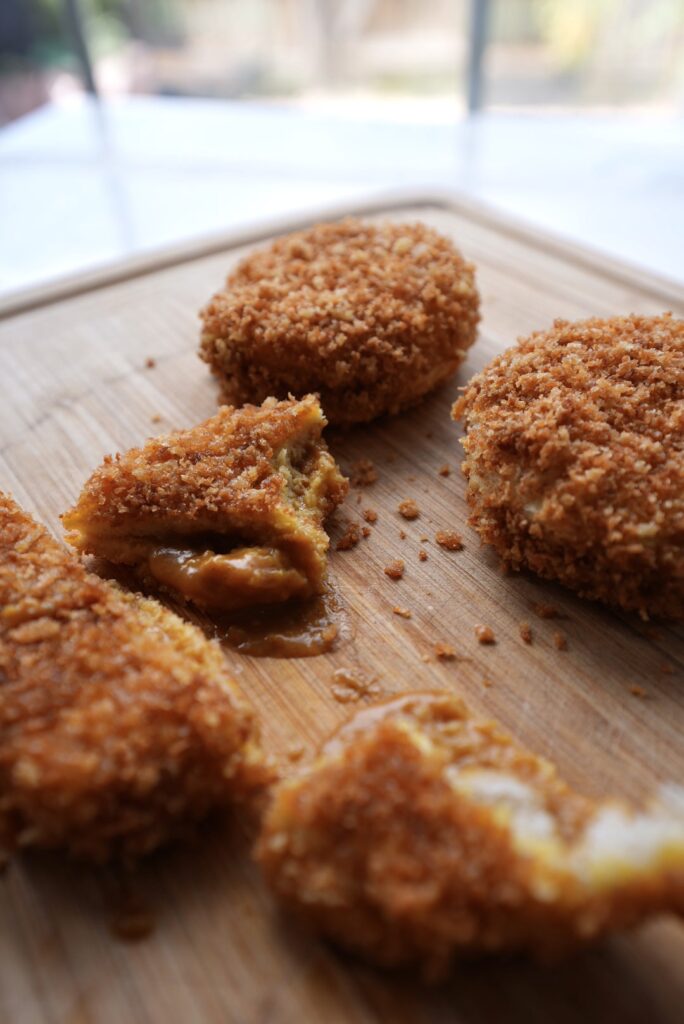
This savory treat combines the rich flavors of Japanese curry with the satisfying crunch of a perfectly fried bread roll. It’s a popular snack that features a bread roll filled with a flavorful Japanese curry. This roll is then coated in breadcrumbs and deep-fried until it reaches a golden, crispy perfection.
Whether you try it from a local bakery or make it yourself, this crispy, curry-filled treat is sure to become a favorite.
If you are interested in making other dishes that use Japanese Curry, visit my recipe page here.
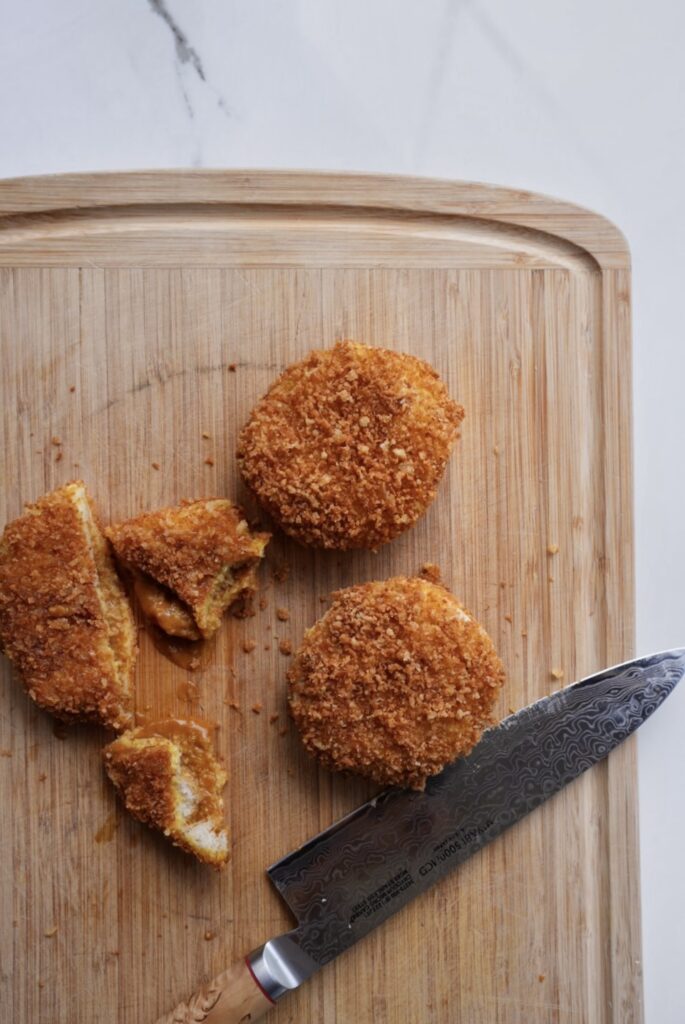
How to Make Curry Pan:
Making curry pan at home can be a fun and rewarding experience. Here’s a basic outline of the process:
- Cook the Curry Filling: Cook a thick Japanese curry using curry roux, vegetables, and your choice of meat. Refrigerate it overnight, as day-old curry is best for this since it is thicker.
- Prepare the Dough: Roll out the bread dough, then let it rise. You can also just use regular bread from the grocery store as well!
- Assemble the Curry Pan: Divide the dough into portions, flatten each portion, and place a spoonful of curry filling in the center. Seal the edges to form a ball.
- Coat and Fry: Roll each filled dough ball in panko breadcrumbs, then deep-fry until golden and crispy.
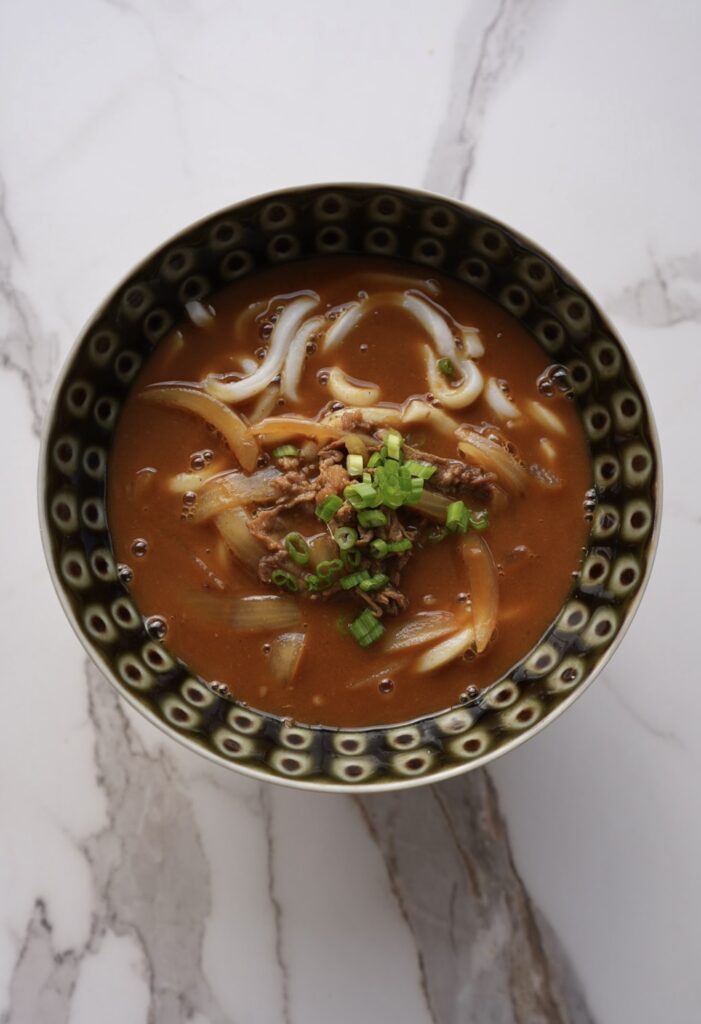
Different Ways to Use Japanese Curry
Japanese curry is incredibly versatile, offering a rich and comforting base that can be used in a variety of dishes. Its mild yet flavorful sauce, made with a blend of curry powder, roux, and vegetables, can be paired with so many different ingredients.
Here’s a few different ways curry can be enjoyed:
- Classic Japanese Curry: Hot curry served over Japanese white rice.
- Katsu Curry: Combines a crispy, breaded pork cutlet (or other protein) with the rich curry sauce served over rice.
- Curry Udon: Curry is poured over thick, chewy udon noodles and mixed with a dash-based broth.
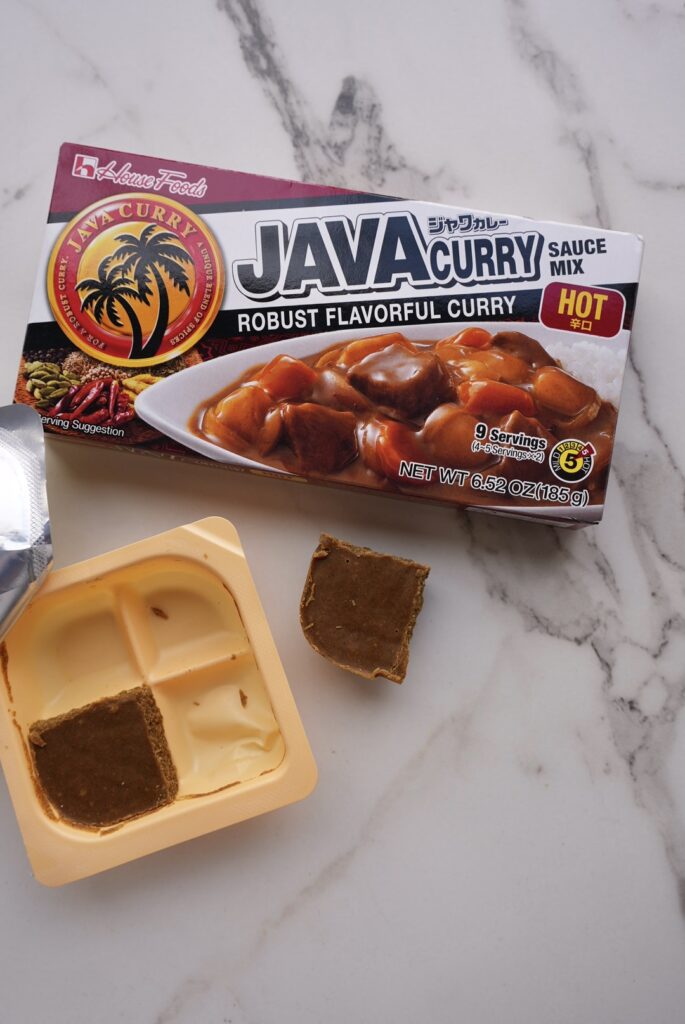
What Type of Curry Roux to Use
To make the base of Japanese curry, you will need Japanese curry roux. It’s a concentrated curry base made by cooking flour, oil or butter, and Japanese curry spices into a thick paste, often sold in block or cube form. When added to simmering meat and vegetables, it melts into a rich, savory, slightly sweet curry sauce that’s a staple in Japanese home cooking.
I recommend using curry roux from:
- Vermont Curry (best for those who like curry on the sweeter side).
- Java Curry (pictured; the one I like the most because I think it is the spiciest!)
- S&B Golden Curry
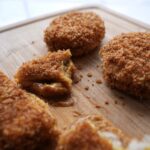
Japanese Curry Pan
- Total Time: 50 minutes
Description
Japanese curry pan is a crispy, deep-fried bread roll filled with a savory, spiced curry filling, offering a delicious contrast between the crunchy exterior and the flavorful, hearty interior.
Ingredients
- 12 slices of bread (or see my ingredients below for homemade bread) – most types of bread will do, so long as it doesn’t have a lot of holes, or else the curry will leak through. I don’t recommend using sourdough for this reason.
- 2 cups leftover Japanese curry (see my recipe for Japanese curry HERE)
- 2–3 large eggs, beaten
- 1 1/2 cups panko
Homemade Bread (if not using store-bought):
- 1 2/3 cup all-purpose flour
- 3/4 teaspoon salt
- 1 cup Greek yogurt
- Vegetable oil (for frying)
Instructions
If using store-bought bread:
- Place one slice of bread on a flat, clean surface. Add about 1/3 cup of leftover curry in the center, then top it with another slice of bread. Tip: If you find that the curry is leaking out of your bread, use a rolling pin to roll out your bread before placing curry on top. This will help seal any holes that may be in your bread causing leakages.
- Using a small bowl or cup slightly smaller in diameter than the bread, press it down onto the top slice to seal the two pieces of bread together.
FOR BAKING:
- Preheat your oven to 350°F (175°C).
- In a pan heated over medium heat with about 2 tablespoons of olive oil, toast the panko until it turns golden brown. Remove from head and set aside (keeping the panko in the pan).
- Crack the eggs into a medium-sized bowl. Dip the bread into the eggs first, followed by the panko, ensuring that the bread is thoroughly coated.
- Once the oven is heated, on a baking sheet, spray some olive oil and place your breads on, leaving about 1 inch of space between each of them.
- Bake for 10-12 minutes and serve warm.
FOR DEEP-FRYING:
- To two separate medium-sized bowls, add your eggs and panko.
- Dip the bread into the eggs first, followed by the panko, ensuring that it’s completely covered in panko.
- In a deep pan or pot over medium heat, add enough vegetable oil to reach about 3 inches deep (enough to fully submerge the bread). Once the oil starts to bubble slightly, carefully add the curry breads.
- Fry until golden brown, then remove and transfer to a paper towel-lined plate to absorb excess oil. Serve warm!
If making homemade bread:
- In a large bowl, mix together all bread ingredients and knead on a flat surface for 15 minutes (or use a stand mixer with a dough hook for 10 minutes).
- Divide the dough into 6 pieces and sprinkle flour onto the flat surface. Use a rolling pin to roll each of the pieces flat (~1 centimeter thick).
- Place approximately 1/3 cup of leftover curry in the center of each piece of flattened dough. Bring two opposite edges of the dough together and pinch them to seal, then repeat with the remaining sides until the filling is fully enclosed. Pinch all the seams tightly and twist to secure the closure.
FOR BAKING:
- Preheat your oven to 350°F (175°C).
- In a pan heated over medium heat with about 2 tablespoons of olive oil, toast the panko until it turns golden brown. Remove from heat and set aside (keeping the panko in the pan).
- Crack the eggs into a medium-sized bowl. Dip the dough ball into the eggs first, followed by the panko, ensuring that the dough is thoroughly coated.
- Once the oven is heated, on a baking sheet, spray some olive oil and place your dough balls on, leaving about 1 inch of space between each of them.
- Bake for 18-20 minutes or until the dough is baked all the way through. Serve warm!
FOR DEEP-FRYING:
- To two separate medium-sized bowls, add your eggs and panko.
- Dip the dough balls into the eggs first, followed by the panko, ensuring that it’s completely covered in panko.
- In a deep pan or pot over medium heat, add enough vegetable oil to reach about 3 inches deep (enough to submerge the bread at least halfway). Once the oil starts to bubble slightly, carefully add the curry breads.
- Reduce the heat to low-medium and fry for about 8-10 minutes or until the panko begins to turn light golden-brown.
- Flip the bread to make sure it’s cooked evenly on each side, and fry again for 8-10minutes or until completely golden brown. Serve warm!
- Prep Time: 30 minutes
- Cook Time: 20 minutes
Nutrition
- Serving Size: Makes 6

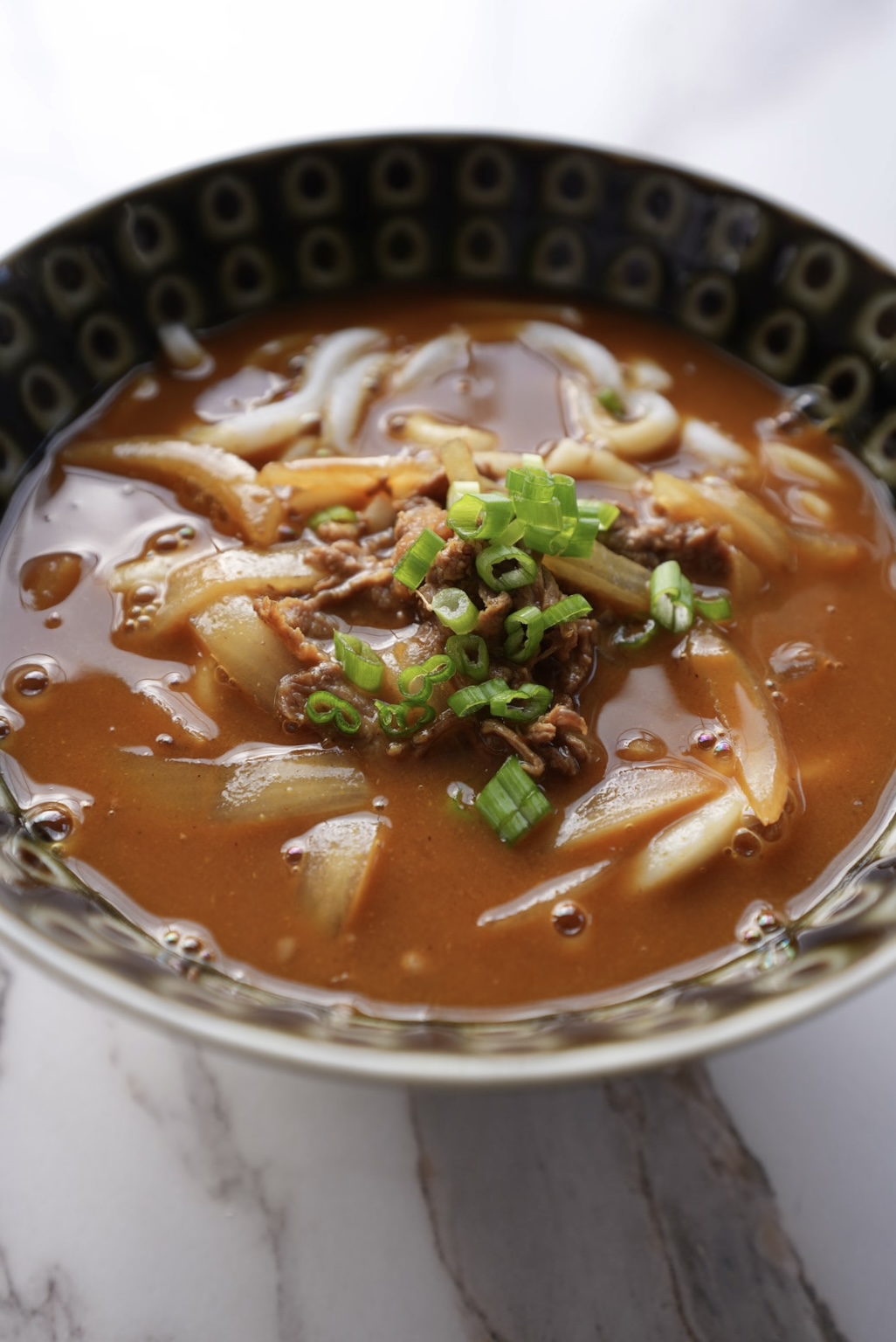
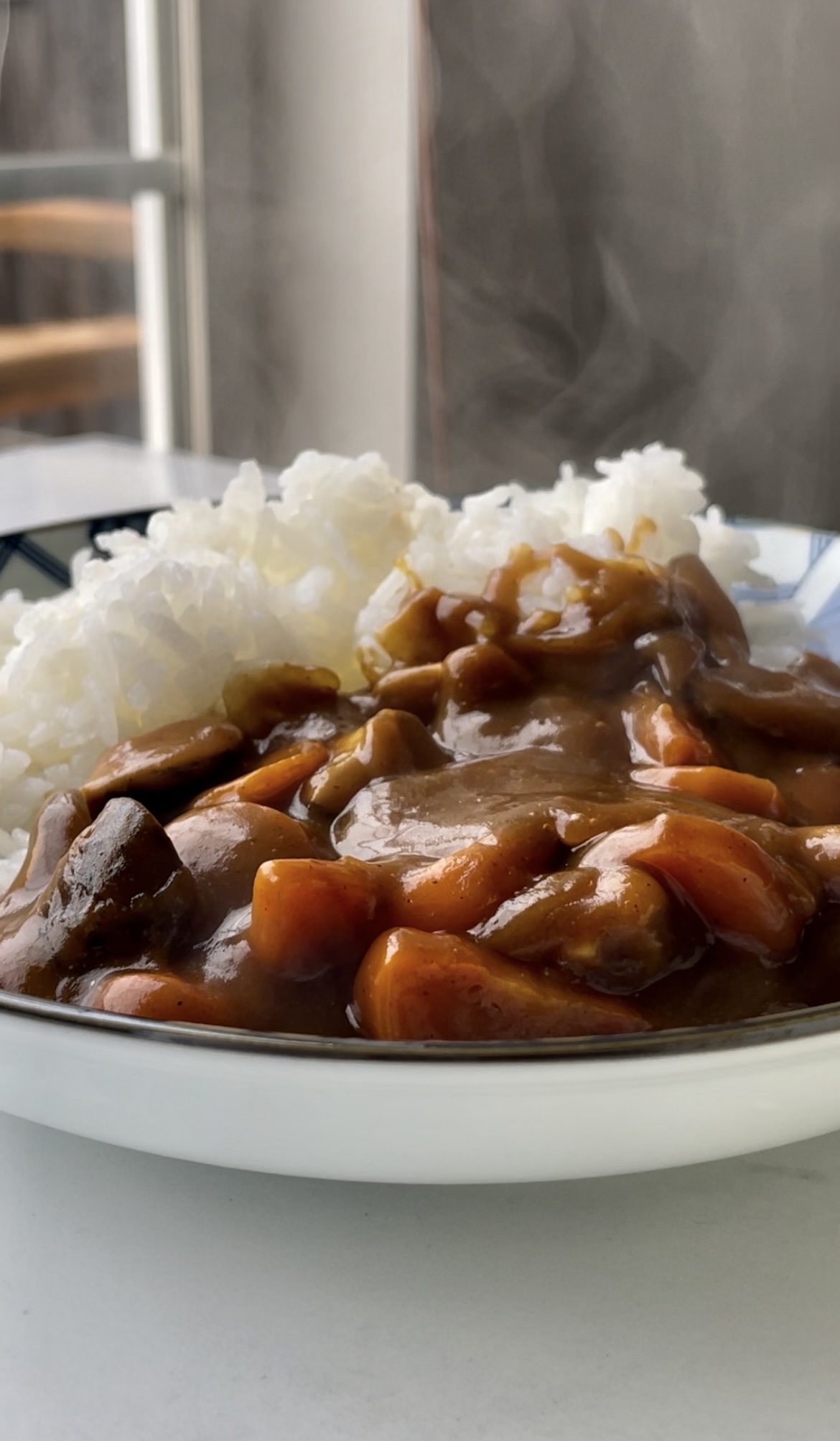
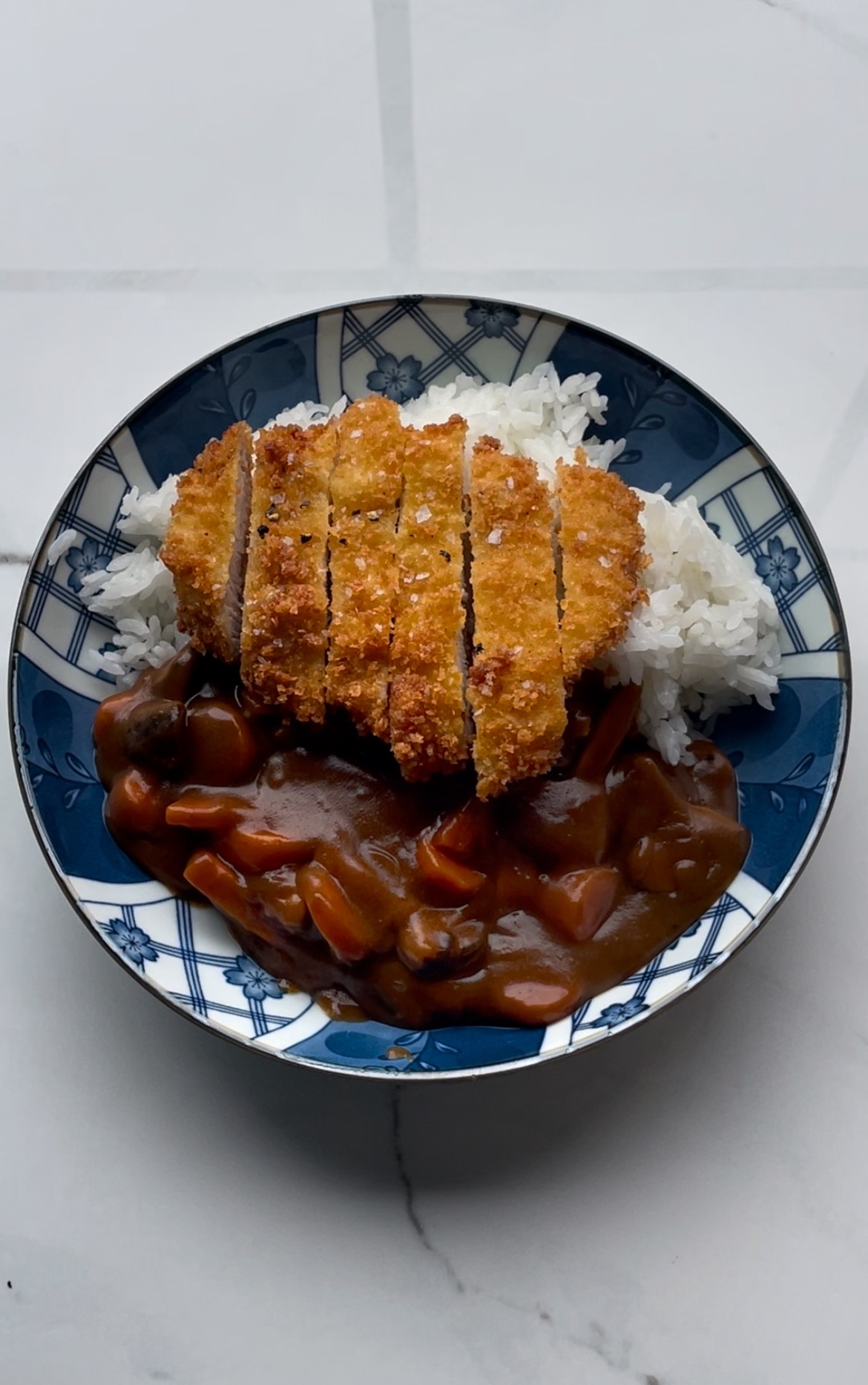



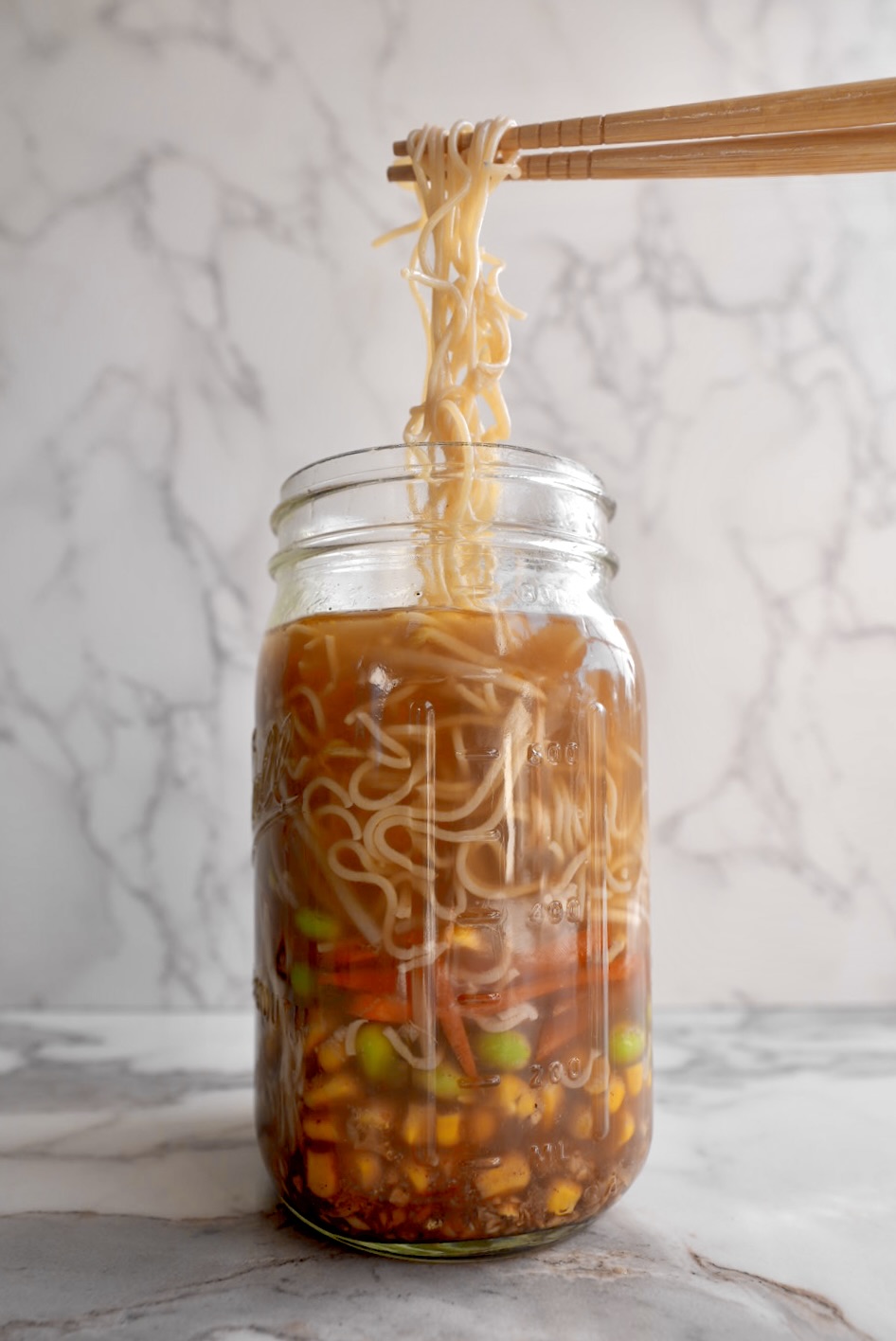
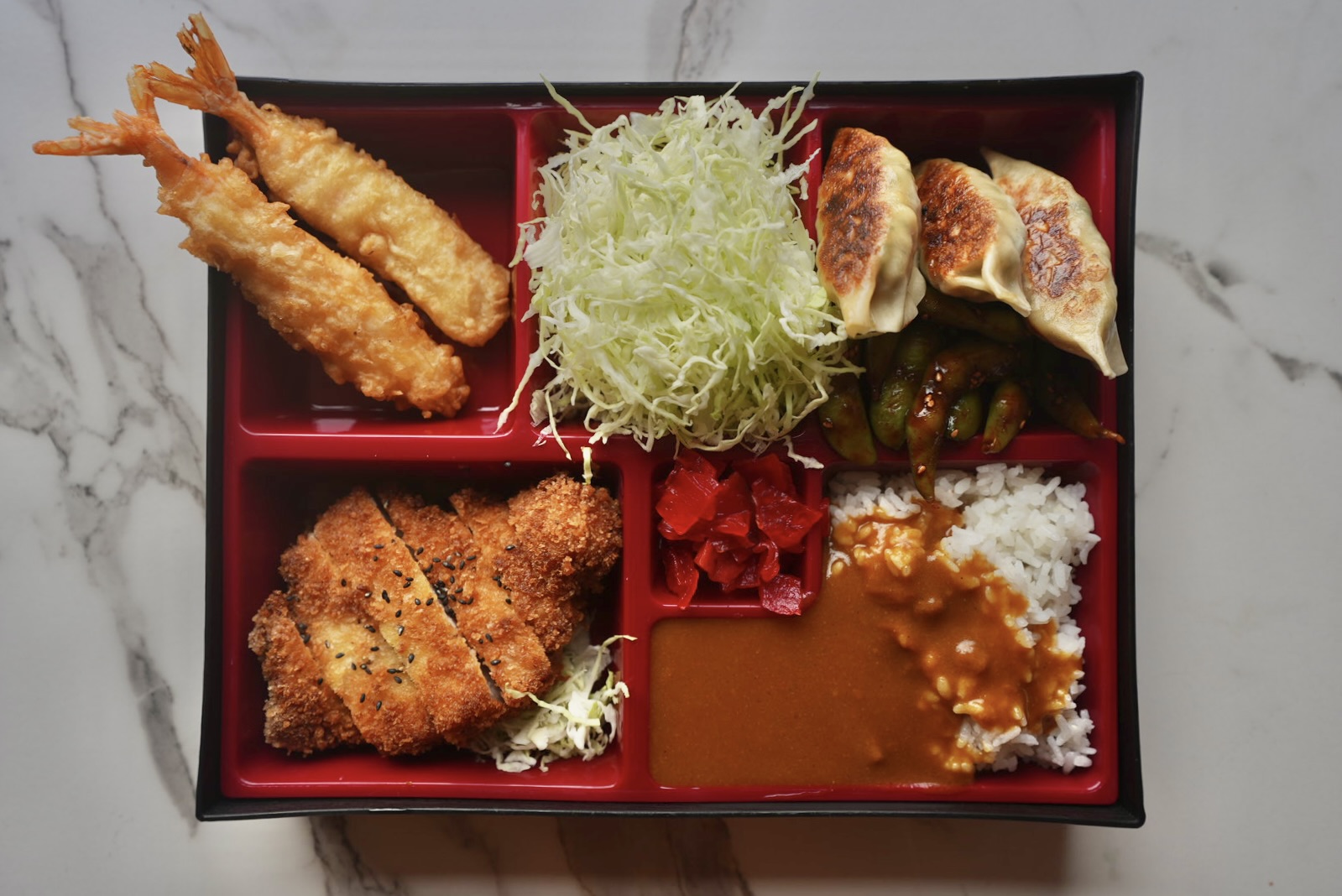
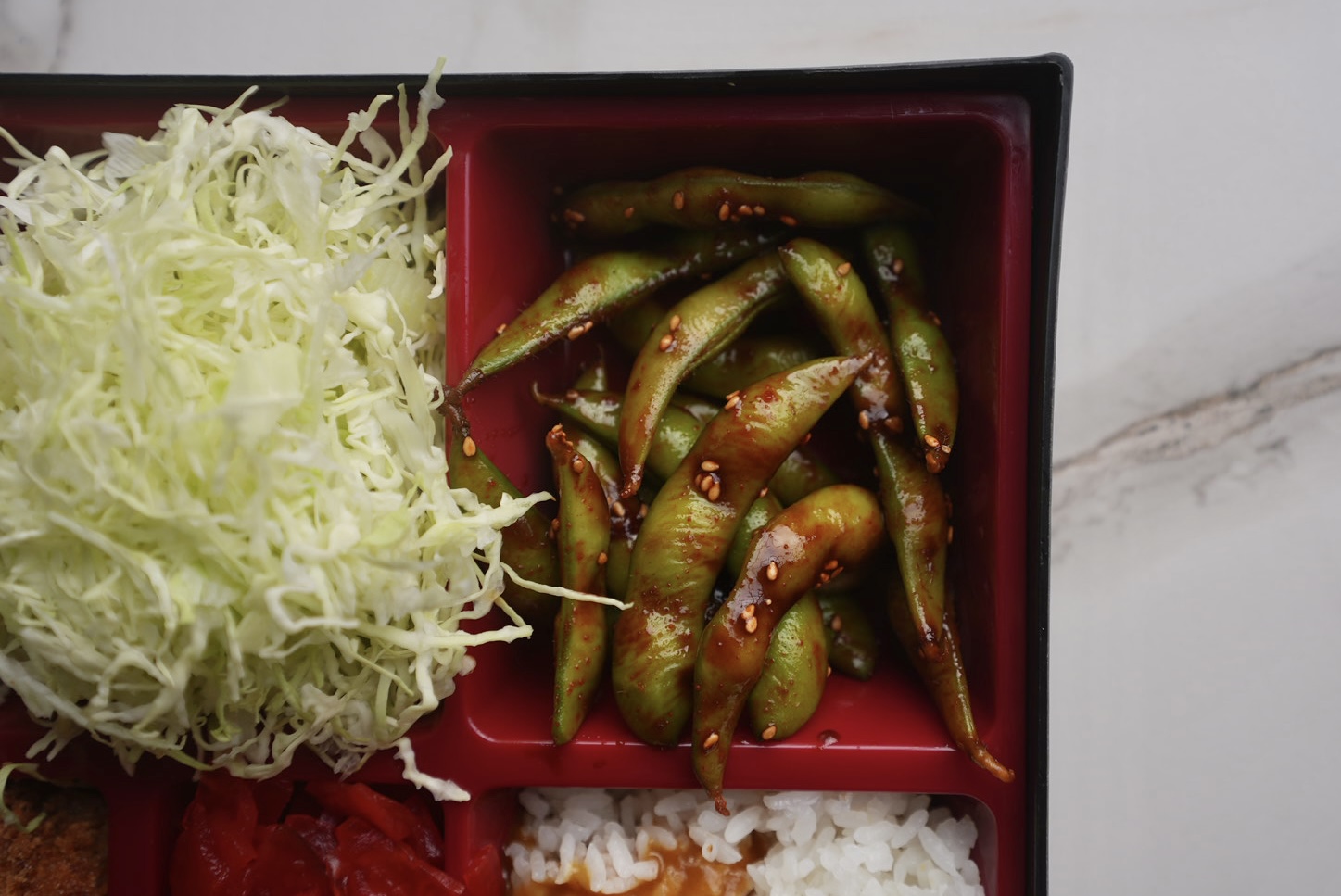
So funny how “pan” means bread in Spanish too. I want to make this because I love Japanese curry bread!
That is a funny comparison!
I liked that you included baking and frying methods — both worked well.
Thank you for sharing, Spencer! 🙂